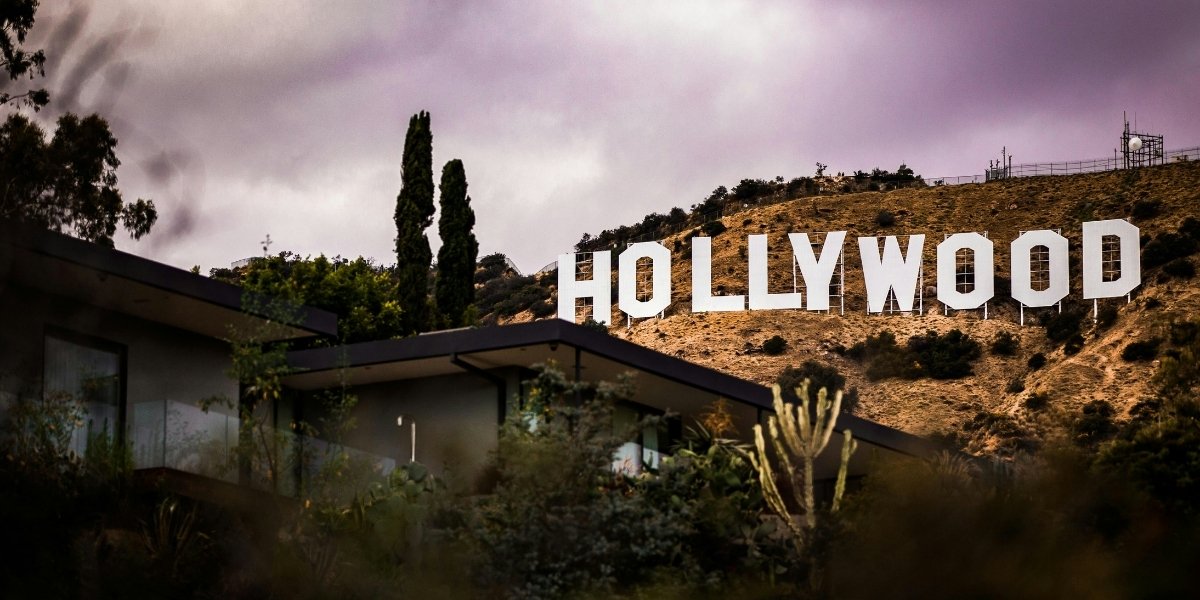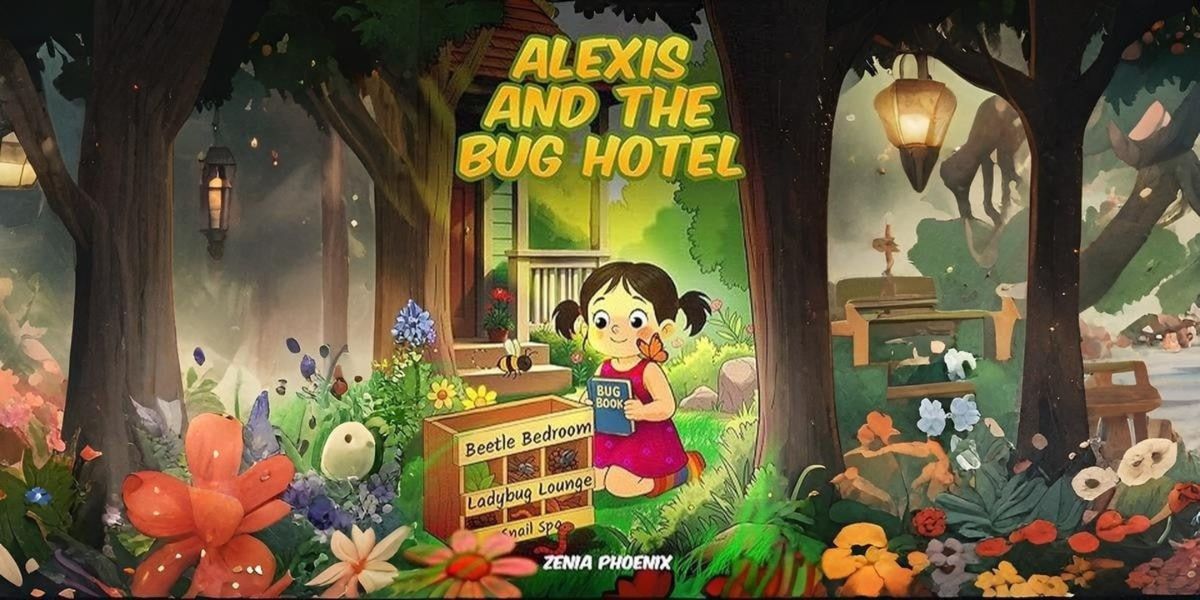By: Elena Mart
Introduction:
In the bustling world of urban development, few individuals stand out like Sun Jing, a dynamic and innovative Landscape Designer dedicated to improving our surroundings. With a Master’s degree in Landscape Architecture + Urbanism from the University of Southern California, Sun brings a wealth of knowledge and experience to her craft. Her commitment to sustainable design practices has not only reshaped cityscapes but also provided solutions to pressing environmental challenges, all while delivering public benefits. Today, we have the privilege of delving into her journey and insights.
Interview:
Editor: Sun Jing, thank you for joining us today. Let’s start by discussing your background. What initially drew you to the field of landscape architecture and urbanism?
Sun Jing: It’s a pleasure to be here. My journey began with a fascination for the intricate relationship between human activities and the environment. Witnessing the rapid urbanization and its adverse effects on nature sparked my desire to make a positive impact. Landscape architecture presented itself as the perfect blend of creativity and sustainability, allowing me to merge my passion for design with environmental stewardship.
Editor: Your commitment to sustainable design practices is commendable. Can you share some of your projects just to help us understand the concept of sustainable landscape design and grasp how your work has contributed to environmental improvement and public benefits?
Sun Jing: Certainly. I’ve participated in and led a list of environmental improvement and public benefit-driven landscape design projects since 2017. For example, the Los Angeles River project, which aimed at cooling the Los Angeles River, reducing the urban heat island effect, and restore natural habitat, the Silverlake Reservoir Habitat Improvement and Recreation Area project that intended to improve human habitability on the water, the Design for Marina Del Rey addressed sea level rise and climate change impact in that area, the Thomas Fire in California project seeking to create a more resilient landscape between natural forests and cities to minimize losses and prevent potential wildfires, the Hollywood Central Park project attempting to improve the diversity of night activities, just to list a few. In these kinds of projects, by integrating sustainable elements such as bio-texture, water conservation techniques, native plants, and wildlife habitat creation, we cannot only restore the ecological balance but also provide the community with a recreational space that promotes health and well-being.
Additionally, my emphasis on green infrastructure in urban developments has helped mitigate stormwater runoff, reduce the heat island effect, and enhance air quality, all of which contribute to a healthier environment for residents.
Editor: That’s truly inspiring. As a landscape designer, what does your day-to-day work look like? And how do you approach the challenge of balancing aesthetics with functionality and sustainability in your work?
Sun Jing: That’s a great question. I would say my day-to-day design process looks slightly different depending on which stage I am at during each project. More specifically, during the beginning stages of a project, I usually have to conduct thorough site analyses and integrate data to formulate the initial design concepts. Then, I’ll circulate the initial concept with clients and make sure that the design solutions both meet their expectations and minimize potential negative impacts on the environment. Then, I’ll perform a more detailed site analysis and communicate with the client further in order to align the expectations and understandings of the proposed concepts. Through ongoing design iterations and feedback loops, I’ll keep refining the design, incorporating input from clients, colleagues and experts in the field and ensuring the timely handoff of various design handoffs during the entire process.
In terms of balancing functionality and aesthetics, It’s a delicate challenge indeed. My approach revolves around holistic thinking and collaboration. By understanding the unique needs of each project site and engaging stakeholders from the outset, we can devise solutions that marry beauty with functionality and environmental responsibility. Embracing innovative technologies and materials also plays a crucial role in achieving sustainable outcomes without compromising on design aesthetics.
Editor: In today’s rapidly changing world, what do you envision for the future of urban landscapes, and how do you see your role evolving in this context?
Sun Jing: The future of urban landscapes hinges on adaptability and resilience. With climate change is posing unprecedented challenges, and there’s a growing urgency to design spaces that can withstand environmental uncertainties while fostering social cohesion and inclusivity. As a landscape designer, I aim to create landscapes with social value, providing safe, comfortable, and aesthetically pleasing recreational areas for community residents. By engaging in various projects, I’ve witnessed the transformative power of design in shaping the urban environment and enhancing public well-being, and I’m determined to use my design practice as a means to create more resilient and inclusive urban spaces.
Editor: Finally, what advice would you offer to aspiring landscape designers who aim to follow in your footsteps?
Sun Jing: My advice would be to stay curious, remain adaptable, and never underestimate the power of collaboration. Embrace opportunities to learn from diverse perspectives and challenge conventional norms. And above all, never lose sight of the profound impact that our work can have on the world around us. By staying true to our values and continuously pushing the boundaries of creativity and sustainability, we can create landscapes that inspire, enrich, and endure for generations to come.
Conclusion:
In a world where the balance between urban development and environmental preservation is increasingly fragile, individuals like Sun Jing serve as beacons of hope. Through her dynamic and innovative approach to landscape design, she not only transforms urban environments but also pioneers solutions that benefit both people and the planet. As we look to the future, Sun’s vision and commitment remind us of the immense potential of design to shape a more sustainable and inclusive world.
Published by: Martin De Juan






